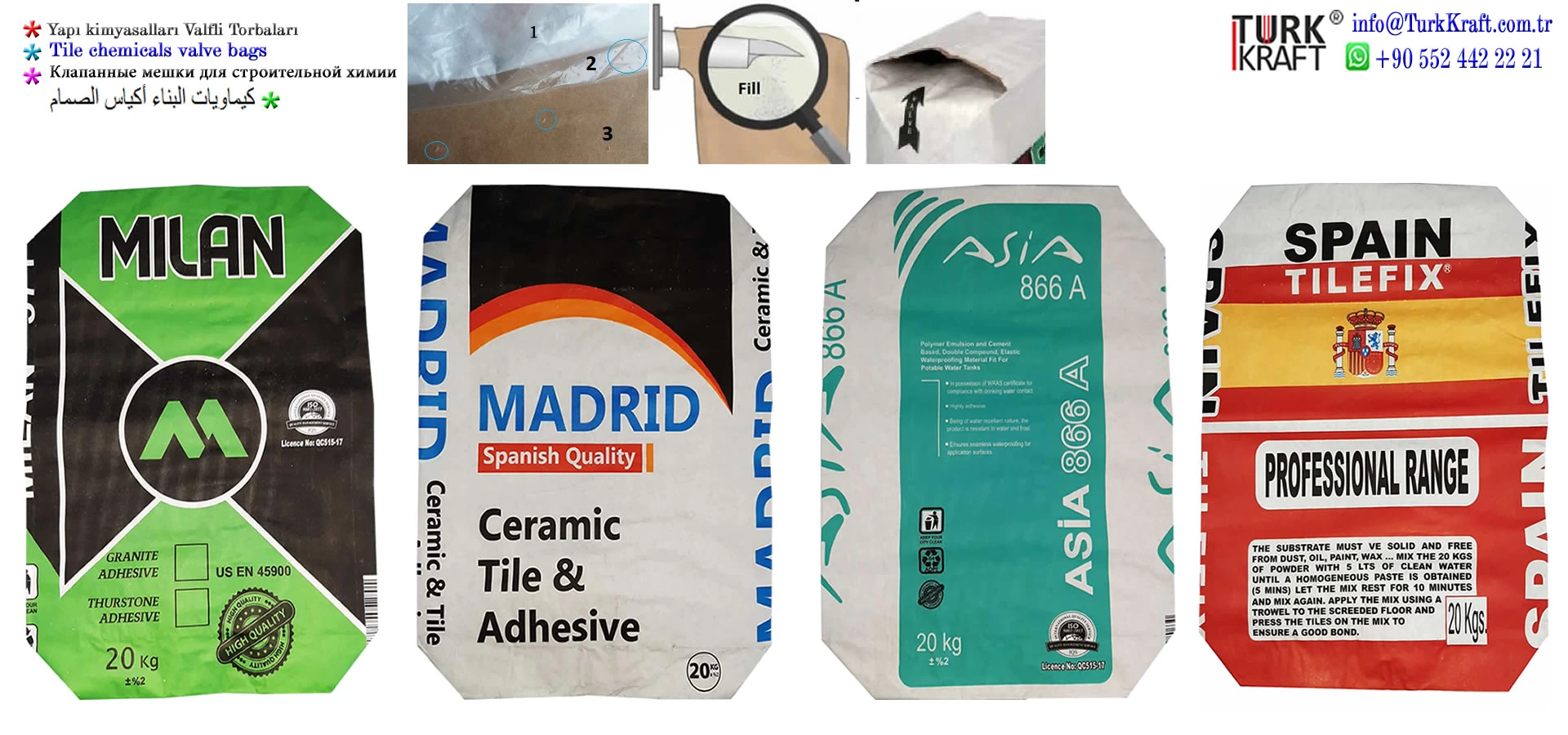High quality industrial paper sack production
High quality industrial paper sack production

Innovative paper solutions are revolutionizing the construction industry, offering sustainable alternatives to traditional building materials. As environmental concerns and the pursuit of green building certifications grow, modern building methods are increasingly incorporating paper-based products for their versatility, eco-friendliness, and cost-effectiveness.
The construction sector has long been known for its heavy reliance on resource-intensive materials such as concrete, steel, and wood. However, the advent of innovative paper solutions has begun to shift this paradigm. These paper-based materials, often made from recycled content, present a lower carbon footprint and provide builders with new options for insulation, structural support, and aesthetic design. From insulated paper honeycomb panels to robust papercrete blocks, the applications in modern building are both varied and impressive.
One of the most significant advantages of using innovative paper solutions in construction is sustainability. Paper is widely recyclable, and its production can be less energy-intensive than that of many conventional building materials. Additionally, as the world moves towards more sustainable practices, the use of paper can contribute positively to a building's overall environmental rating, such as LEED or BREEAM certification.
Furthermore, paper-based materials offer excellent insulation properties, which can enhance the energy efficiency of buildings. This not only helps to reduce operational costs over the lifespan of a structure but also supports global efforts to minimize energy consumption and greenhouse gas emissions. The lightweight nature of paper materials also translates into reduced transportation and handling costs, contributing further to the economic benefits of these innovative paper solutions.
Despite the clear benefits, there are challenges to overcome when integrating paper-based products into modern building designs. Concerns about durability, fire resistance, and moisture susceptibility must be addressed to ensure the longevity and safety of paper-based construction materials. Manufacturers and researchers are continually developing treatments and composites to enhance the performance characteristics of paper-based materials, making them more suitable for a wide range of construction applications.
Innovative paper solutions have already been successfully implemented in various projects around the globe. For instance, temporary structures and exhibition stands often utilize cardboard tubes and honeycomb panels for their ease of assembly and disassembly. Looking ahead, the potential for these materials extends into residential and commercial construction, as industry professionals seek out more eco-conscious alternatives.
As consumer demand and regulatory pressures for sustainable building practices increase, the role of paper in construction is set to expand. The ongoing research and development into strengthening and weatherproofing treatments promise to make innovative paper solutions a staple in the toolbox of modern building techniques.
Many might wonder, How can paper be strong enough for construction? The answer lies in engineering. By exploiting the natural cellular structure of paper and combining it with other materials or innovative folding techniques, paper's strength can be vastly amplified. For example, when compressed and treated, papercrete has shown to have comparable strength to that of traditional concrete for certain applications, making it a viable option for modern building projects.
In conclusion, the integration of innovative paper solutions in the construction industry signifies a major step towards sustainability without compromising on quality or functionality. As the sector evolves, we can expect to see paper playing an increasingly crucial role in modern building practices, shaping the cities of the future with a gentle touch on the environment.